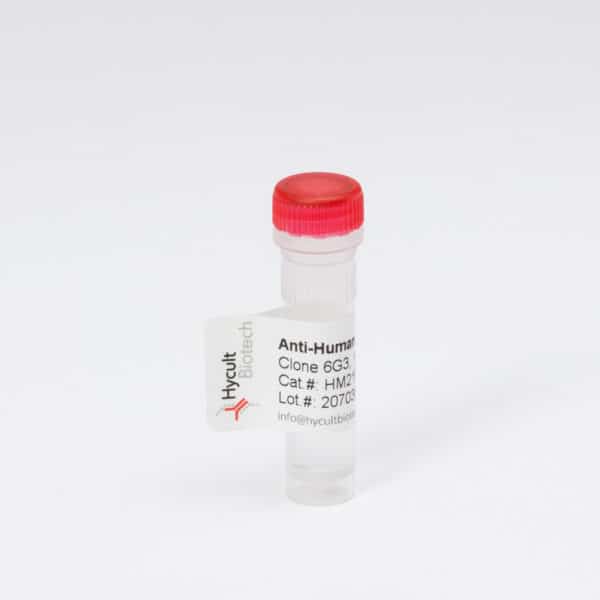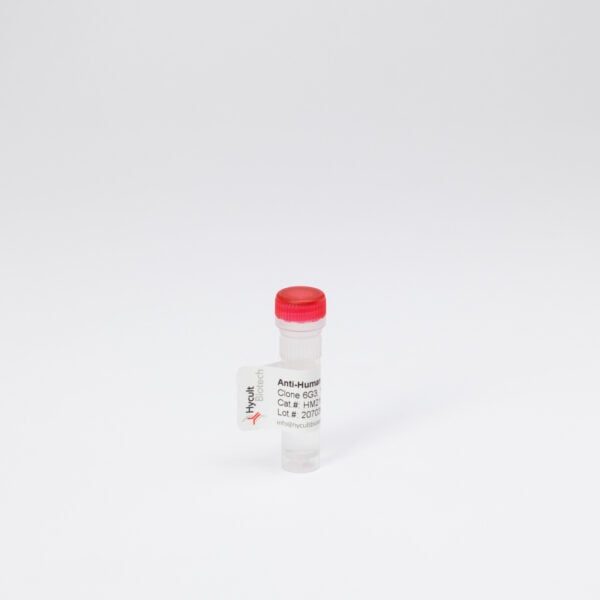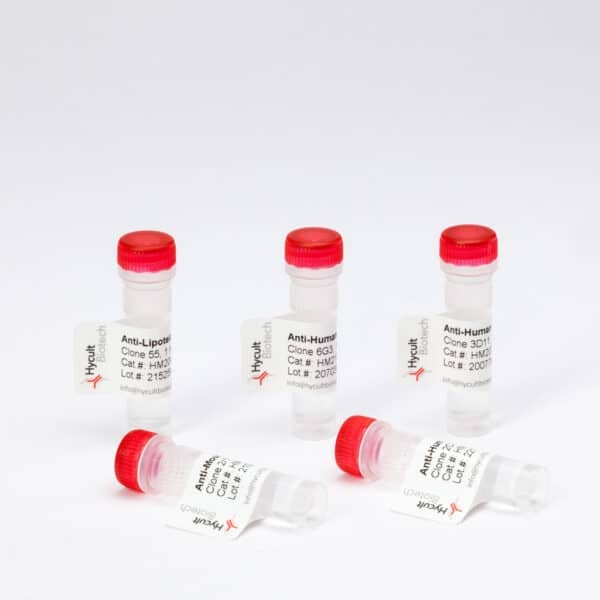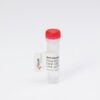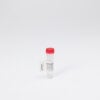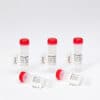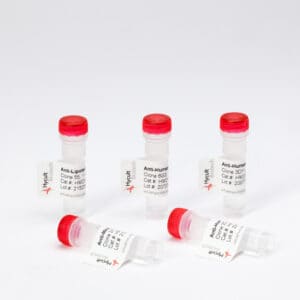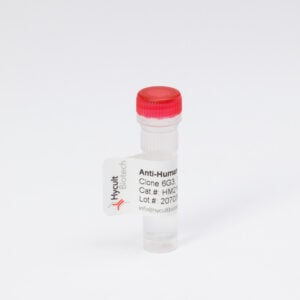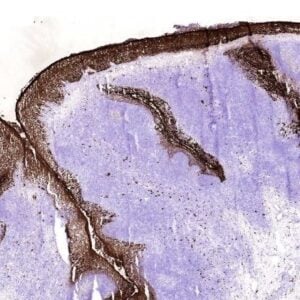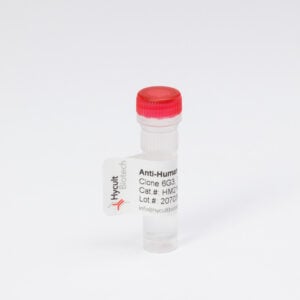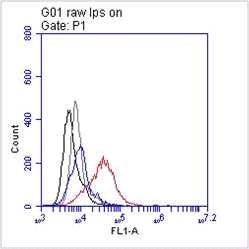Glyoxalase-I, Human, clone 17E6A12/G4
€133.00 – €456.00
Monoclonal antibody 17E6A12/G4 recognizes human glyoxalase-I (GLO1). GLO1 is a major protein form the glyoxalase systems which is present in the cytosol of all cells. The function of this system is the metabolism of reactive dicarbonyl metabolites to less reactive products. GLO1 catalysis the isomerization of hemithioacetal derived from methylglyoxal and glutathione. GLO1 prevents the harmful accumulation of methylglyoxal. The GLO1 gene exist of 3 phenotypes. Embodying the homozygous and heterozygous expression of the protein. GLO1 consists of alpha helical regions and multiple beta strands. Protein and DNA modification by substrates of the glyoxalase system is linked to healthy aging, including diseases like diabetes and vascular dysfunction. This vascular impairment could lead to complications like retinopathy, nephropathy and bad wound healing. Overexpression of GLO1 in endothelial cells under hyperglycemic condition can revert the negative effects on angiogenesis. Glo1 is also considered to be a tumor suppressor protein and it is ubiquitously expressed in most tumor cells. Therefor inducers of GLO1 expression could be useful in cancer treatment.
